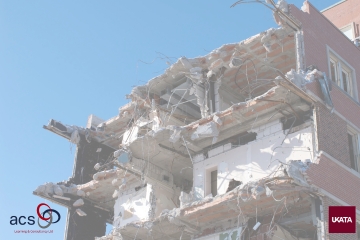Training Course Portfolio
Please select a training course from the left menu to find out more details and to download the full training standard.
Every employer must make sure that anyone who is liable to disturb asbestos during their normal work, or who supervises those employees, gets the correct level of information, instruction and training so that they can work safely and competently without risk to themselves or others.
There are three main levels of information, instruction and training. These relate to:
Attending a training course on its own will not make a worker competent. Competence is developed over time by implementing and consolidating skills learnt during training, on-the-job learning, instruction and assessment.
It is important that the level of information, instruction and training is appropriate for the work and the roles undertaken by each worker (and supervisor). Using a training needs analysis (TNA) will help to identify what topics should be covered to ensure workers have the right level of competence to avoid putting themselves or others at risk.





